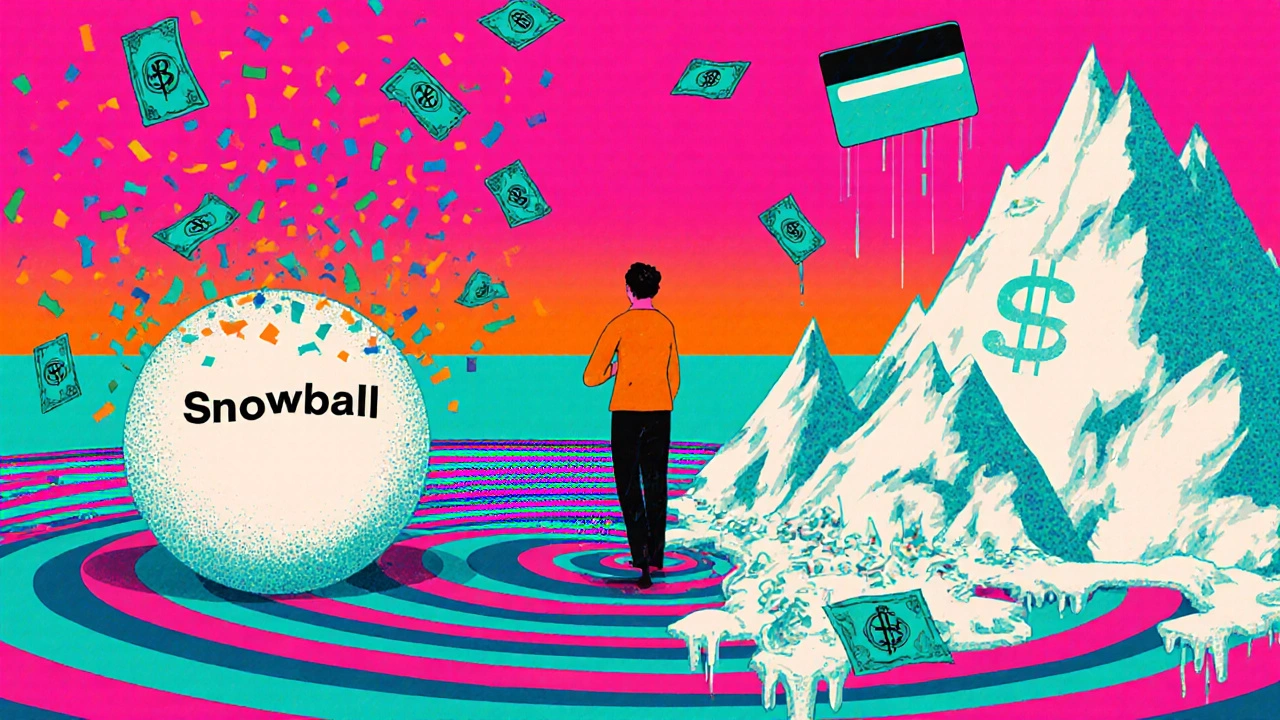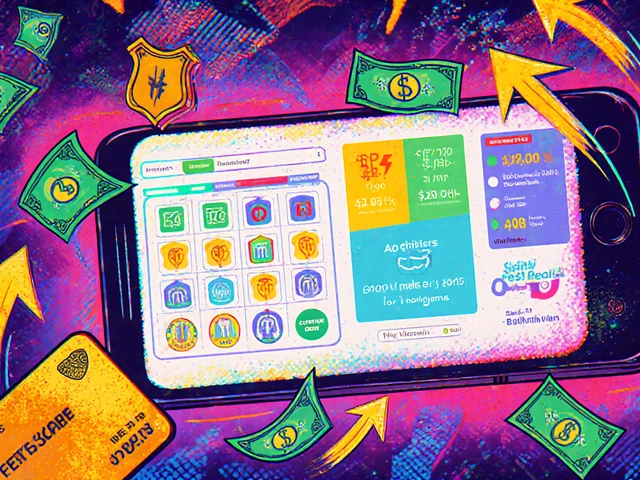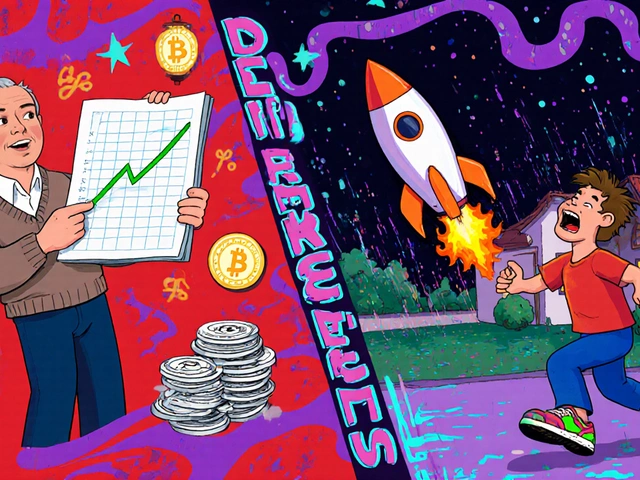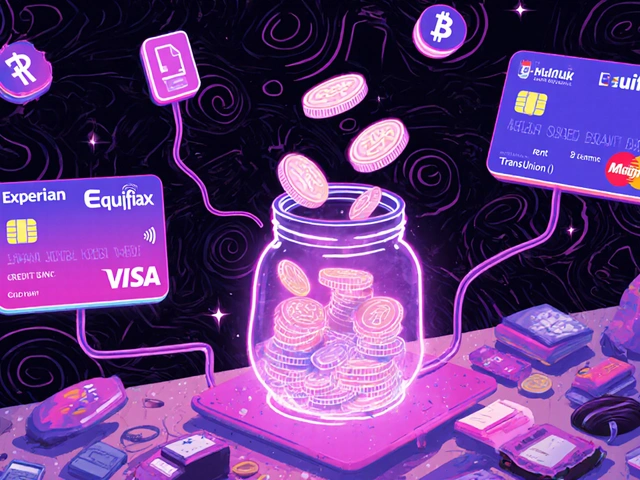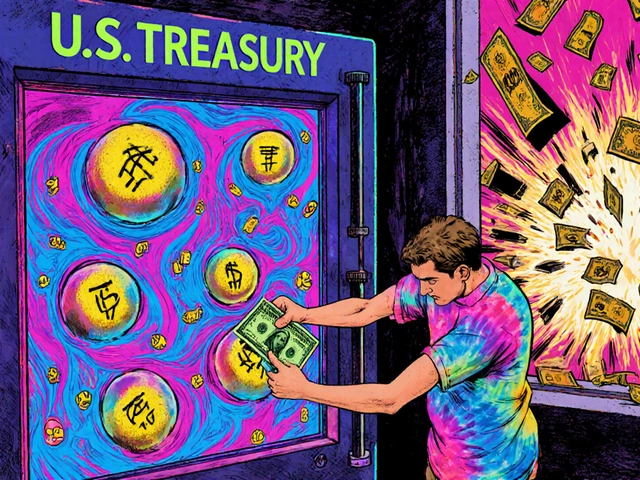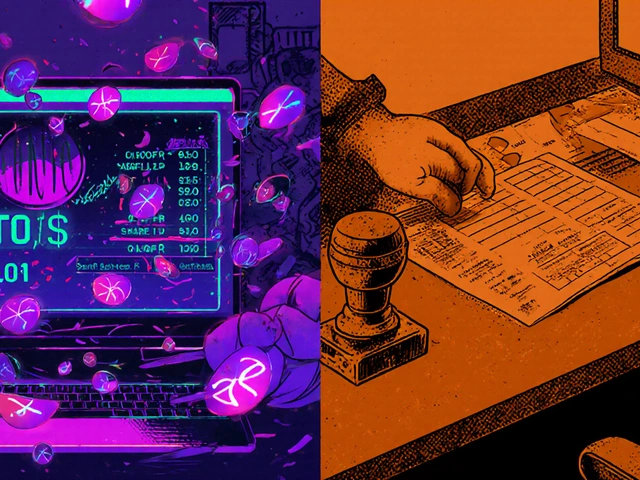Eliminate Debt: Practical Steps to Get Out of Debt for Good
When you eliminate debt, you stop borrowing and start owning your money. It’s not about cutting out coffee or skipping lunches—it’s about changing how you think about money, spending, and freedom. Most people think debt is just a number on a statement, but it’s really a lock on your future. Every payment you make to a credit card or payday loan is a payment you can’t make toward your goals: a house, a business, a vacation, or just sleeping without dread.
There are two real ways to debt repayment, the systematic process of paying off what you owe. One is the debt snowball, paying off the smallest balances first to build momentum. The other is the debt avalanche, targeting the highest interest rates first to save the most money. Neither is magic. Both require honesty, consistency, and a plan that fits your life—not some blog’s ideal version of you.
High-interest debt, like credit cards charging 20% or more, is the biggest thief. It doesn’t care if you’re working two jobs or saving for your kid’s college. It just keeps growing. That’s why high-interest debt, debts with rates above 7-8% should be your first target. Paying off a 22% credit card is like earning 22% risk-free. No stock, no crypto, no side hustle beats that.
People talk about budgeting like it’s a chore. But when you eliminate debt, you’re not just budgeting—you’re rebuilding control. You’re choosing what your money does instead of letting lenders decide for you. The posts below show real cases: how someone paid off $40,000 in student loans in three years, why using a balance transfer card backfired for one person, and how a single mom used automatic transfers to crush credit card debt without even thinking about it.
You don’t need more income. You need better systems. You don’t need to be perfect. You just need to start. The tools, mistakes, and wins in these articles aren’t theory. They’re what people actually did. And if they can do it, so can you.
